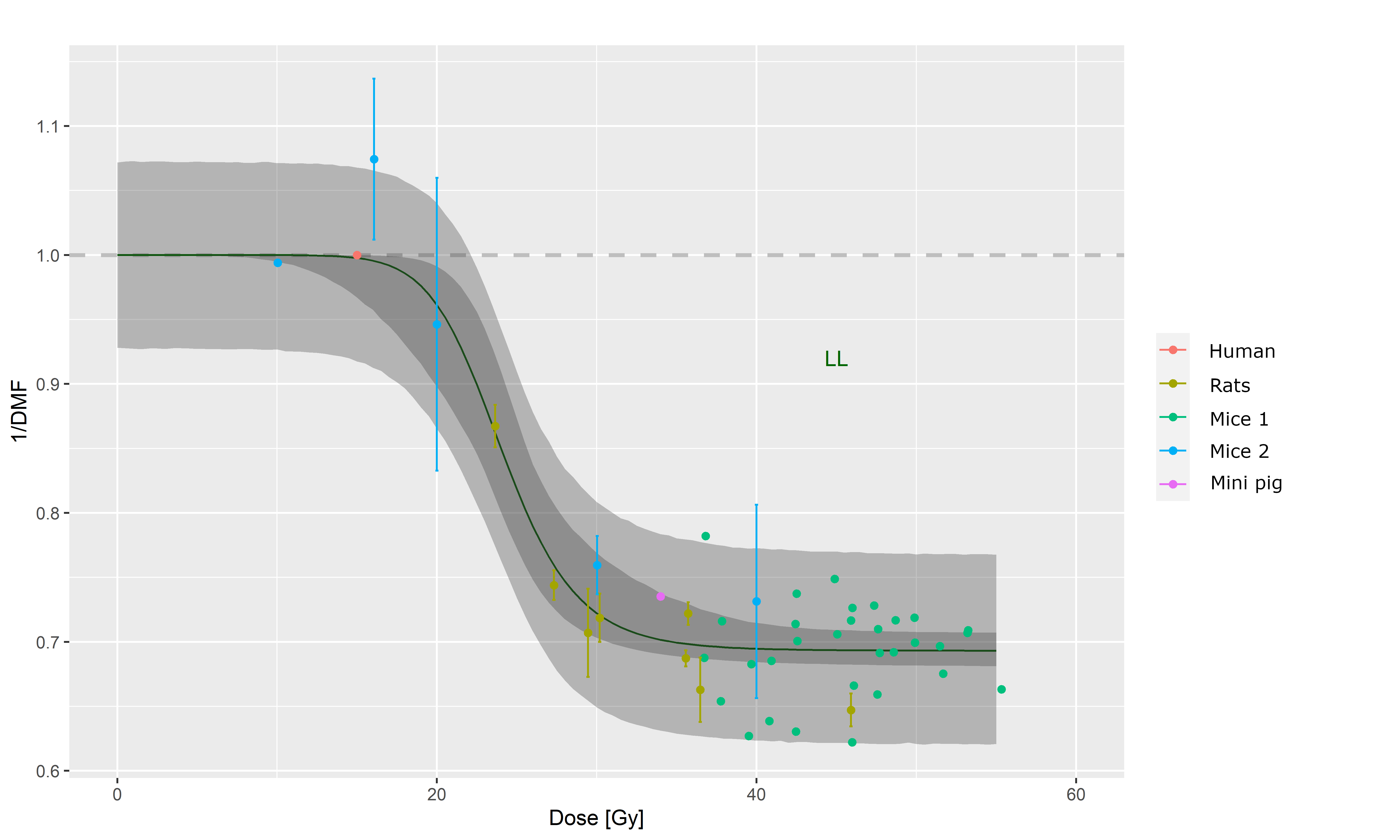Phenomenological parametrizations of the FLASH effect normal tissue sparing as a function of dose
Till Tobias Böhlen,
Switzerland
PO-1687
Abstract
Phenomenological parametrizations of the FLASH effect normal tissue sparing as a function of dose
Authors: Till Tobias Böhlen1, Jean-François Germond1, Marie‐Catherine Vozenin2, Brita Singers Sørensen3, Jean Bourhis2, Claude Bailat1, François Bochud4, Raphaël Moeckli4
1Lausanne University Hospital (CHUV), Institute of Radiation Physics (IRA), Lausanne, Switzerland; 2Lausanne University Hospital (CHUV) and University of Lausanne, Radiation-Oncology, Lausanne, Switzerland; 3Aarhus University Hospital, Oncology, Aarhus, Denmark; 4Lausanne University Hospital (CHUV) and University of Lausanne, Institute of Radiation Physics (IRA), Lausanne, Switzerland
Show Affiliations
Hide Affiliations
Purpose or Objective
A quantitative
understanding of magnitudes of normal tissue protection by the FLASH effect and
its basic dependencies on dose delivery parameters is an essential requirement
for a successful and optimized clinical translation of FLASH RT. However, to
date, the mechanism for the FLASH effect is still under investigation. We
gathered therefore available in vivo data
of normal tissue sparing of ultra-high dose rate (UHDR) beams and followed a
phenomenological data-driven approach that is not related to a mechanistic
modelling of the FLASH effect to parameterize the data as a function of dose.
Material and Methods
We gathered
available experimental data of normal tissue reactions for UHDR versus
conventional dose rates (CONV) and expressed them in terms of dose modifying
factor (DMF) on a common scale. We then performed linear and non-linear
regressions using different functions including logistic and log-logistic
functions. An augmented covariance matrix and Monte Carlo sampling was used to
evaluate confidence and prediction intervals of the fits.
Results
The gathered
data allows to evaluate general trends and magnitudes of DMF of UHDR radiation
as a function of dose. It was found that individual data series can be mostly
well described by a bi-linear function when expressed as D/DMF versus D. This
is corroborated by R2 > 0.9 for linear fits to data at doses
exhibiting a FLASH effect for most individual data series. Furthermore, the analysis
highlights that the DMF of pooled skin reaction data follow a consistent
general trend as a function of dose that can be parametrized by relatively
simple functions (see Figure 1). Skin reactions data show an onset of the FLASH
effect for doses of about 17 Gy and reach DMF of about 1.4 only for high doses
>30 Gy, where the DMF starts to saturate. Other normal tissues and endpoints
show an earlier onset of the FLASH effect (~7 Gy) and significant sparing
factors are already achieved at lower doses.

Figure 1: One
over DMF versus dose for the skin reactions of different species (mouse, rat, mini
pig, human). A log-logistic function (solid line) fitted to data together with the
corresponding 95% confidence (dark gray) and 95% prediction (light gray)
intervals visualizes the general trend and indicates data spread.
Conclusion
We analyzed
and parameterized DMF of available in
vivo data as a function of dose. Such parameterizations of combined data provide
a means to assess expected toxicities for doses delivered with FLASH RT compared
to doses delivered with CONV RT while providing uncertainty margins based on
data. The approach was not related to a mechanism that explains the FLASH
effect. This may help to guide experiment and clinical trial design and enables
explorative treatment planning studies factoring in the FLASH effect. At the
same time, the analysis highlights scarcity, spread and uncertainties in the
available experimental data for the clinical translation of the FLASH effect.